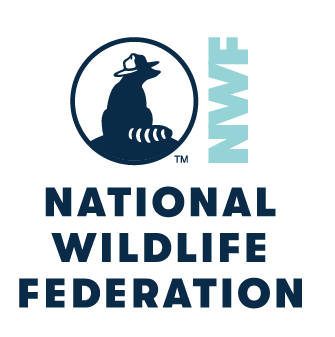Contact: Nadia Gonzalez, Puente Strategies at nadia@puentestrategies.com
GETTY PHOTOS and candid moments from the diverse group of advocates that came together can be downloaded, HERE.
Los Angeles – In a monumental bipartisan effort, representatives from nonprofit organizations and the transportation and natural resources agencies from California, Texas, and Florida came together on Friday, February 9th in Agoura Hills—the site of the visionary Wallis Annenberg Wildlife Crossing—around the common cause of advancing wildlife connectivity.
The National Wildlife Federation’s #SaveLACougars campaign and The Wildlife Crossing Fund hosted the unique ‘Connections in Conservation’ gathering that united wildlife crossing experts and advocates from the three most populated states in the nation around a shared commitment to protecting wildlife.
California, Florida, and Texas share similar conservation challenges given their population size: protecting wildlife in urbanized environments with highly fragmented landscapes resulting from a proliferation of major roadways and development. The states are also home to threatened and endangered populations of big cats—the mountain lion, Florida panther, and ocelot— that struggle with the impacts of urbanization.
The full-day event, in partnership with ARC Solutions, Grizzly Creek Films, Wildpath, Appian Way, and Big Cat Voices, featured the conservation perspectives and experiences of indigenous leaders, scientists, transportation representatives, engineers, architects, policymakers, and storytellers. Participants began with a morning tour of the Wallis Annenberg Wildlife Crossing construction site from Caltrans, and in an afternoon workshop, they gathered to share their project success stories, the challenges they overcame, and their goals for the future. Collectively, the event was an opportunity for everyone to reflect on what makes a conservation project come to life: from the science and research to compelling storytelling, public support, government policies, funding, and innovative design.
“Last fall, we toured sites in Florida and Texas to learn more about wildlife crossings and connectivity efforts in those states. We were so inspired by what we observed and the dedicated people we met on that trip, we wanted to bring them all together to advance our collective efforts,” said Beth Pratt, the National Wildlife Federation’s California Regional Executive Director, who also leads the newly formed The Wildlife Crossing Fund. “Who says California, Texas and Florida can’t get along? What we witnessed at this workshop was an extraordinary bipartisan effort to help each other make our states safer for wildlife—and people. And this group pledged to continue to work together to develop innovative connectivity solutions.”
Participants journeyed from places like San Antonio, Texas, the site of the Robert L.B. Tobin Land Bridge that connects two sections of Phil Hardberger Park over a busy city roadway; from South Texas, where culverts and wildlife underpasses are being built to help save the endangered ocelot; and from Florida, where projects like the Wekiva Parkway in Lake County are erecting elevated roads that provide safe passage for the endangered Florida panther, black bear and other wildlife. Florida also demonstrated leadership when the comprehensive Florida Wildlife Corridor Act was signed into law following unanimous bipartisan support by the Florida legislature in 2021. The Florida Wildlife Corridor comprises nearly 18 million acres of contiguous wilderness and working lands crucial to the survival of many of Florida’s 131 imperiled animals.
At an evening program following the event, more than two-hundred attendees listened to California’s Natural Resources Secretary, Wade Crowfoot, speak about California’s ambitious connectivity initiatives and the state’s 30×30 goal of conserving 30% of California’s lands and coastal waters by 2030. Under California Governor Gavin Newsom’s leadership, more than $150 million in state funding has been pledged toward wildlife crossings, and Secretary Crowfoot underscored his commitment and Governor Newsom’s to continue to work with partners like the National Wildlife Federation and The Wildlife Crossing Fund toward a “connected California.”
The event culminated with National Geographic Explorers and acclaimed wildlife photographers, Steve Winter, and Carlton Ward Jr., sharing stories about the conservation impact of their photography and filmmaking. Winter took the famous Hollywood sign photo of beloved mountain lion P-22 that helped advance the efforts to build the Wallis Annenberg Wildlife Crossing, and Ward spent years photographing and filming the Florida panther, and his storytelling was instrumental in the successful passage of the Florida Wildlife Corridor Act. The evening ended with a special film screening of National Geographic’s award-winning documentary, The Path of the Panther, featuring Ward’s work. The film was also co-produced by Leonardo DiCaprio, whose support also helped make the Wallis Annenberg Wildlife Crossing a reality.
The event follows the #SaveLACougars campaign’s recent launch of its #P22Legacy phase which seeks to raise $15M in funds. The funds will advance future wildlife crossings and connectivity projects across Southern California to reconnect critical wildlife corridors and restore the ecological vibrancy of the country’s most densely populated urban area. The new funding goal will also support the holistic completion of the Wallis Annenberg Wildlife Crossing including on-going efforts at its dedicated native plant nursery, future habitat stewardship on the site, education, and outreach efforts, as well as support research by the National Park Service.
Now under construction in the Agoura Hills area near Los Angeles, the Wallis Annenberg Wildlife Crossing completion date is estimated for the end of 2025 or early 2026. The project is the result a public-private partnership of unprecedented scope that has leveraged the world-renowned expertise and leadership of dozens of individuals, organizations, and institutions. When it’s completed, the crossing will be the largest in the world, a first of its kind in California, and a global model for urban wildlife conservation.
Learn more about the #SaveLACougars campaign’s #P22Legacy phase here and The Wildlife Crossing Fund here. Access renderings of the Wallis Annenberg Wildlife Crossing, including drone footage over the construction site, here and follow progress on the visionary structure by visiting its dedicated website at www.101wildlifecrossing.org
###
The National Wildlife Federation is America’s largest conservation organization with over 6 million supporters nationwide, uniting all Americans to ensure wildlife thrive in a rapidly changing world. Follow us on Facebook, Twitter, and Instagram. To learn more about the #SaveTheCougars campaign to build the Wildlife Crossing at Liberty Canyon visit https://savelacougars.org/

